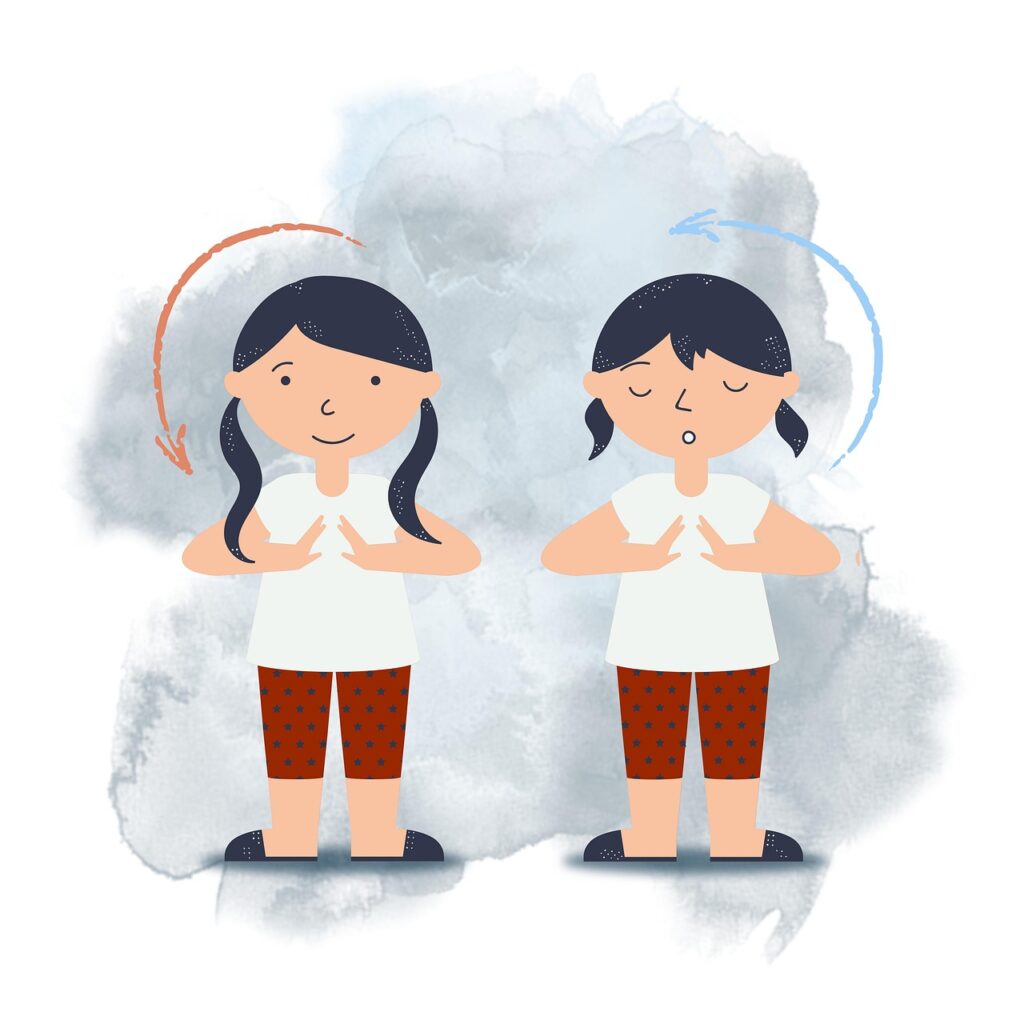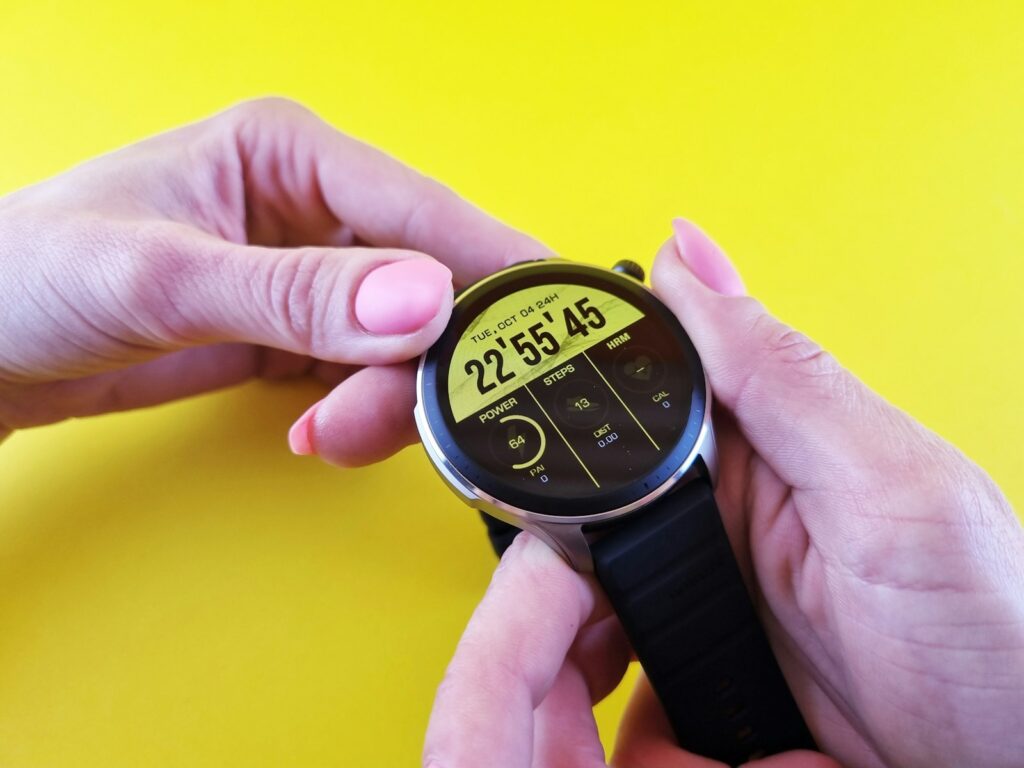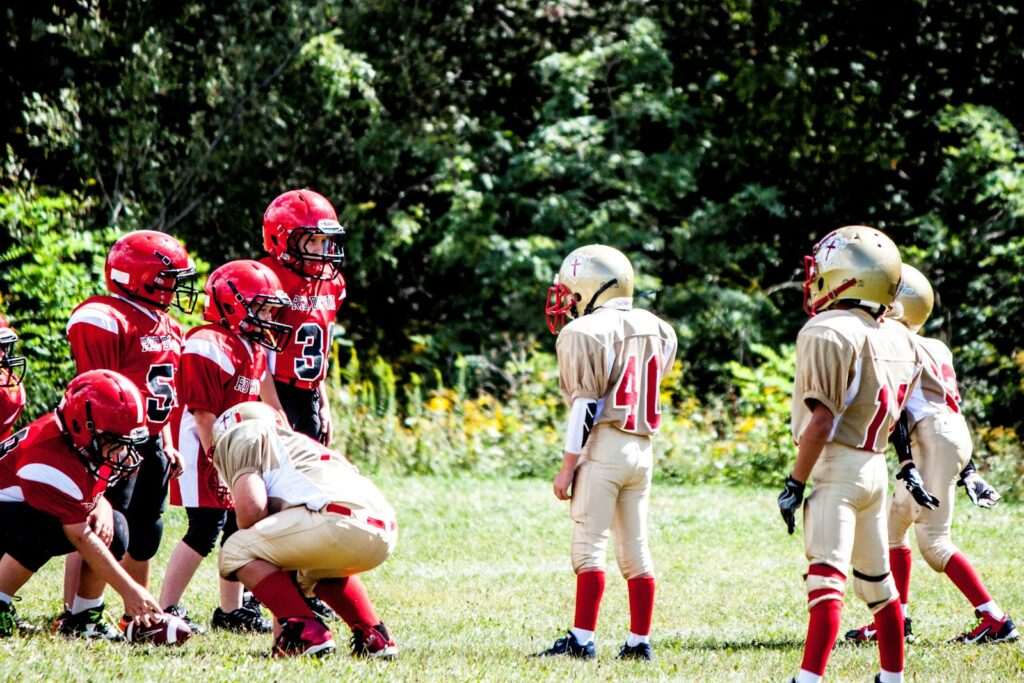
Olympians. We see them on our screens, defying gravity, breaking records, and generally making the impossible look, well, possible. They’re like real-life superheroes, seemingly immune to the everyday struggles that plague the rest of us mortals. We cheer for their triumphs, marvel at their strength, and sometimes, maybe secretly, wonder if they’re even from the same planet.
But here’s the kicker: beneath the glitz, glamor, and those beaming, gold-medal smiles, these incredible sportspeople are human, just like the rest of us. They face serious illnesses, mental health battles, and health issues that have a dramatic impact on their lives, both on and off the competitive stage. From figure skaters pulling off gravity-defying moves to runners reaching impossible speeds, there’s a lot that goes into reaching that level – and even more that goes on behind the scenes.
Get ready, because we’re about to pull back the curtain on some truly eye-opening health secrets and journeys of perseverance. These aren’t just stories of physical prowess; they’re testaments to the incredible resilience of the human spirit. We’ve got 14 absolutely shocking revelations from top Olympic athletes that will make you look at these champions in a whole new light. Prepare to be inspired, amazed, and maybe even a little bit humbled.

1. **Suni Lee: Battling Kidney Disease While Chasing Gold**Suni Lee, an Olympic gymnast whose journey has been nothing short of extraordinary, has faced monumental personal and health battles that would make anyone else hit the pause button. Before her own diagnosis, her father, John Lee, sustained a serious injury in 2019 after falling while trimming a tree, leaving him paralyzed from the waist down. This was a profound personal challenge for Suni, even before her own health took a turn.
Years later, Suni herself received a life-altering diagnosis: an incurable kidney disease. Imagine being 20 years old, competing in a sport you absolutely adore, and then having your world turned “upside-down” by such news. It’s the kind of curveball no one expects, especially not an elite athlete whose body is her instrument.
However, in true Olympian fashion, Suni refused to let this illness define her or derail her dreams. In 2024, she took to Instagram to reassure her fans, making it clear that she wasn’t letting kidney disease stop her participation in the Olympic Games. She even partnered with the American Kidney Fund, hoping to encourage others to take charge of their own illnesses and strive to lead full lives, regardless of their health challenges. Talk about turning adversity into advocacy!
Suni’s story is a powerful reminder that even our most celebrated athletes are susceptible to serious health conditions. Yet, her perseverance and dedication to both her sport and inspiring others make her an undisputed champion in every sense of the word. She continues to compete, demonstrating that a diagnosis doesn’t have to mean the end of your aspirations, but rather a new beginning for impact.
.jpg/440px-Simone_Biles_at_the_2016_Olympics_all-around_gold_medal_podium_(28262782114).jpg)
2. **Simone Biles: Prioritizing Mental Health Over Olympic Glory**Simone Biles. The name itself conjures images of gravity-defying twists, perfect landings, and an athlete who is clearly operating on a different plane. She became a household name with her stunning Olympic debut in 2016, where she scooped up four gold medals, cementing her status as the one to beat in gymnastics. Her incredible talent seemed boundless, making her an infallible force of nature in many eyes.
But during the Tokyo Summer Olympics in 2021, the world witnessed a different side of Simone. She made the courageous decision to withdraw from several events, a move that sent shockwaves through the sporting world. In a candid interview with NBC’s “Today,” Simone explained she was battling a mental block, famously known as “the twisties,” where gymnasts lose their air awareness. “I’m still scared to do gymnastics,” she tearfully revealed, despite having done it forever.
Her decision wasn’t just about the immediate fear; it was a culmination of everything she had endured, including the long-term abuse at the hands of disgraced coach Larry Nassar. The mental toll of such trauma, coupled with the immense pressure of being the world’s best, became too heavy. She eloquently stated, “To do something that I’ve done forever and just not be able to do it because of everything I’ve gone through is really crazy because I love this sport so much.”
Simone’s brave choice to prioritize her mental health over potential Olympic medals redefined what strength looks like for an athlete. She showed the world that it’s okay not to be okay, and that taking care of your mind is just as vital as taking care of your body. Her vulnerability not only resonated with millions but also sparked a crucial global conversation about mental well-being in sports and beyond.

3. **Mo Farah: A Terrifying Collapse and an Unbelievable Past**Mo Farah, the running sensation, captured the hearts of millions with his incredible talent and inspiring story. He dominated the 2010s, winning two gold medals on home turf in London in 2012 and another two in Rio in 2016. What many fans might not realize, however, is the profound adversity he overcame, starting from his childhood when he was trafficked illegally to the UK and forced into domestic servitude. His journey to Olympic glory is a testament to his sheer will.
Beyond his astonishing past, Farah also experienced a terrifying health scare just two years before his Rio triumphs. In 2014, he collapsed in his bathroom and had to be airlifted to the hospital. He later explained to the BBC that a tooth extraction had led to an infection, and the pain became so severe that his body simply gave out. “I was in so much pain from my stomach… They thought something was going on with my heart,” he recounted, a truly frightening moment for any athlete, let alone a world champion.
Thankfully, it wasn’t a heart attack. After four days in the hospital recovering from the infection, Farah was back to his relentless training, proving his resilience once again. This incident highlights the unexpected health challenges even the fittest individuals can face, reminding us that an Olympic physique doesn’t grant immunity from common ailments that can turn serious quickly.
Farah’s story is a powerful blend of personal struggle, athletic triumph, and unexpected health battles. It shows that beneath the invincible veneer of an Olympian, there are deeply human experiences, from childhood trauma to sudden medical emergencies, all navigated with an extraordinary spirit that continues to inspire millions.
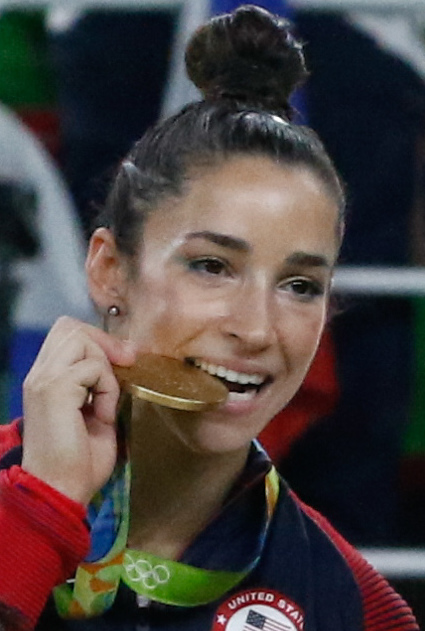
4. **Aly Raisman: Enduring Stroke-like Symptoms and Lingering Trauma**Aly Raisman is another incredibly successful gymnast, a two-time Olympian with a total of six medals. Alongside Simone Biles, she became a recognizable face in the sport, not only for her athletic prowess but also for her pivotal role in bringing down Larry Nassar when ual abuse allegations surfaced. Her courage in speaking out made her a beacon of strength for many survivors.
Since retiring from professional competition, Raisman has continued to be a vocal advocate, openly discussing the mental health issues she’s grappled with in recent years. In a revealing July 2024 episode of the “Call Her Daddy” podcast, she detailed two terrifying hospitalizations where she experienced stroke-like symptoms. “I can’t remember my name. I’m slurring my words. I can barely speak,” she told host Alex Cooper, describing how she was tested for a stroke because she “literally couldn’t move [her] body.”
These harrowing experiences were made even more terrifying for Raisman due to the ongoing PTSD she suffers from in the wake of Nassar’s abuse. This trauma has led to a deep mistrust of medical professionals, adding a layer of complexity and fear to her health struggles. As she powerfully put it, “People don’t realize how much it still lives with you when you’ve been through something traumatic.”
Aly’s journey underscores the profound and lasting impact of trauma, demonstrating how it can manifest physically and mentally years later. Her openness about these “scary” and debilitating episodes, combined with her continued advocacy, is a testament to her strength and commitment to shedding light on the often-hidden struggles that even the most accomplished athletes face.

5. **Peggy Fleming: Conquering Breast Cancer with a Champion’s Mindset**Rewind to the 1960s, and Peggy Fleming was the absolute queen of figure skating. She glided her way to a gold medal at the 1968 Olympics, enchanting audiences worldwide with her grace and artistry. She was, and remains, an icon of elegance and athletic achievement, a true star of her era.
However, later in life, Fleming faced a challenge far removed from the ice rink: breast cancer. In 1998, just five months after a clear mammogram, she discovered a lump on her breast. This shocking diagnosis was undoubtedly a scary experience, one that would test even the strongest individuals.
But Fleming approached her recovery with the same champion’s mindset she brought to her skating. In an interview with the Los Angeles Times, she shared, “I think my life experiences really came into play. I wanted to win. I wanted to beat this.” This fierce determination, honed by years of competitive sport, played a significant role in her battle against the disease.
Thankfully, after undergoing an operation to remove the cancerous tissue, Fleming was declared cancer-free. Her personal victory didn’t end there; she became a vocal advocate for breast cancer awareness, tirelessly using her platform to encourage others to get tested regularly. “I felt I really needed to share this,” she told the Los Angeles Times, emphasizing that catching it early made a crucial difference in her recovery. Her story is a powerful reminder of the importance of early detection and the strength of a positive mindset.

6. **McKayla Maroney: Navigating Histamine Intolerance, Insomnia, and Anemia**McKayla Maroney, another gymnastics sensation, is perhaps best known for “that face” — the unimpressed expression she gave after taking second place at the 2012 Olympics, which became a global meme. Even if you don’t know her name, you’ve almost certainly seen that iconic photograph! While she no longer competes professionally, McKayla keeps her nearly 30,000 Instagram followers updated on her life, and sometimes, on her health struggles.
In October 2023, Maroney posted a series of photos from a hospital, revealing a summer that was anything but “hot girl summer.” She candidly shared, “I had a summer of severe insomnia. I slept a total of 10 days out of 3 months. I’d like to say it was a nightmare, but you have to sleep to have nightmares.” Can you even imagine? Three months with hardly any sleep is a truly harrowing experience for anyone, let alone a former elite athlete.
After consulting multiple doctors, she finally got some answers: a diagnosis of histamine intolerance. By cutting out high-histamine foods and introducing specific supplements, she was able to rebalance her body and, thankfully, sleep again. But her health journey didn’t stop there. She also disclosed battling “pretty bad anemia (low iron)” and discovered that high oxalate foods, like spinach, almonds, and potatoes, caused “massive fatigue” that further disrupted her sleep. She simply wished to “be normal.”
McKayla’s raw honesty about her complex and interconnected health issues—insomnia, histamine intolerance, anemia, and food sensitivities—is incredibly brave. Her desire to share her experiences, hoping it might help someone else struggling with similar unexplained symptoms, demonstrates the kind of empathy and resilience that extends far beyond the competitive arena.
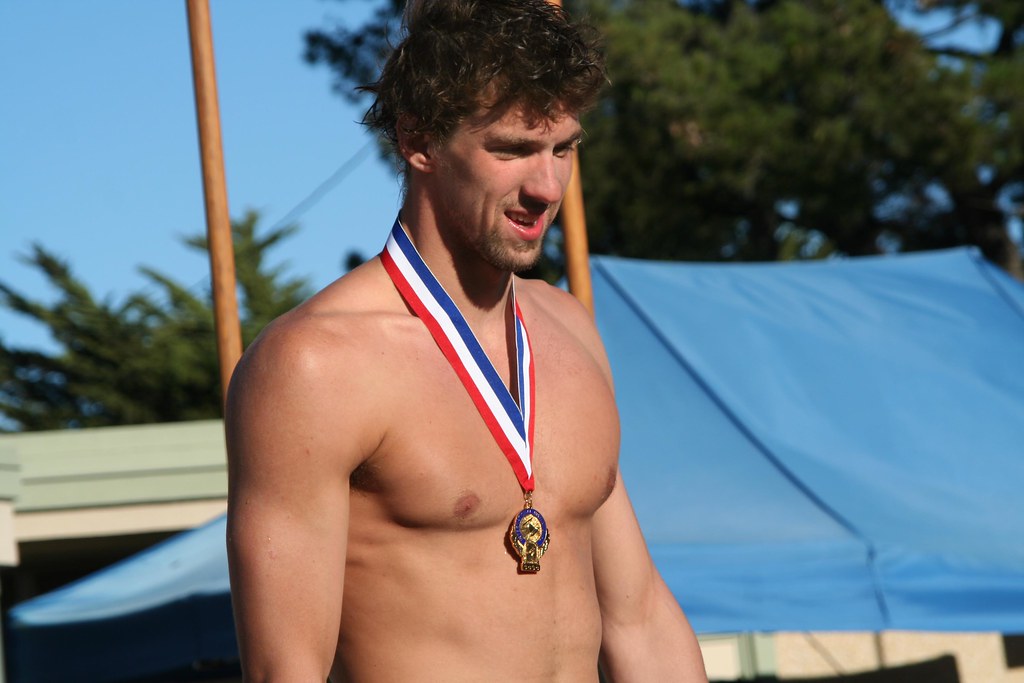
7. **Michael Phelps: Confronting Depression, Anxiety, and Suicidal Thoughts**Michael Phelps. The name is synonymous with Olympic swimming, a living legend who has collected a staggering number of medals and shattered records, making him one of the most successful and decorated Olympians of all time. With such immense success and financial comfort, it’s easy to assume his life is without struggle, that he’s immune to the personal battles many others face.
However, in a deeply personal and powerful 2018 interview on “Today,” Phelps courageously revealed his long-standing battle with depression and anxiety. He shared that throughout his career, he “hid them well,” maintaining the façade of the invincible athlete who could push through anything. This confession was a stark reminder that mental health struggles can affect anyone, regardless of their achievements or public image.
Phelps detailed a particularly dark period in 2014, when his mental health had deteriorated so severely that he wouldn’t leave his house and, even more chillingly, considered suicide. “It was a really, really, really crazy time for me and I didn’t want to see anybody. I saw myself as letting so many people down — and my, myself, in particular,” he recounted. This raw honesty offered a rare glimpse into the profound despair he experienced.
Thankfully, Michael reached a turning point, realizing he could, and should, ask for help. “I finally realized that I can ask for help and it’s okay not to be okay,” he declared, a message that has since become a powerful anthem for mental health advocacy. His journey from hiding his struggles to openly discussing them and seeking support has inspired countless individuals worldwide, destigmatizing mental illness and proving that true strength often lies in vulnerability.
Alright, if you thought those first seven stories were eye-opening, buckle up, because we’re just getting started! The lives of Olympic athletes are a fascinating blend of unbelievable dedication and very human vulnerability, and the health hurdles they face often extend far beyond what we see on the podium. From chronic conditions to the impact of major life events, and even those common but rarely discussed physical challenges, these champions navigate a lot more than just their opponents.
Get ready as we pull back the curtain on more unseen health struggles and dive into the holistic strategies that keep these titans of sport going. We’re talking everything from eating disorders to hidden syndromes, and yes, even bladder control! Prepare to be amazed and inspired all over again.
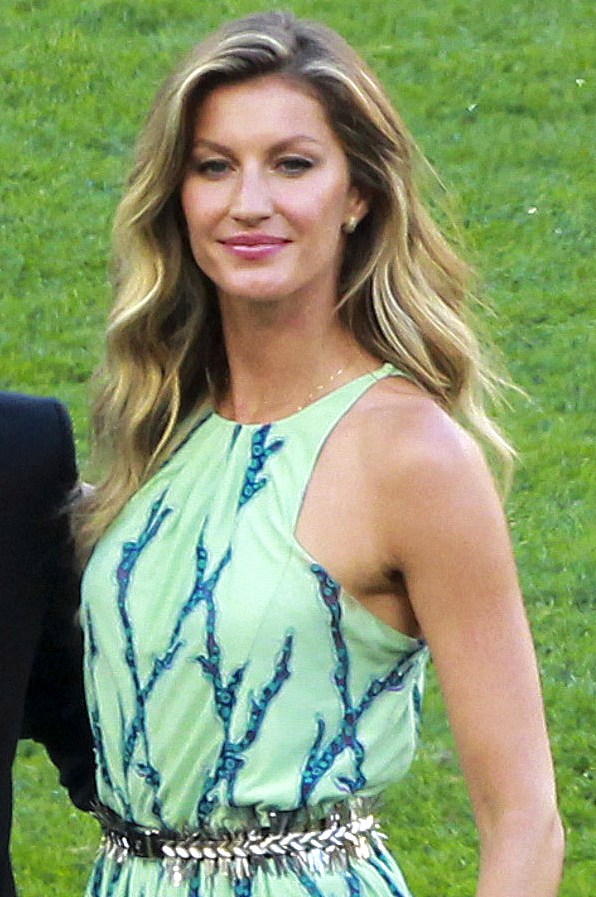
8. **Kim Bui: Confronting the Silent Struggle of Bulimia**While we often marvel at the incredible physical feats of gymnasts, there’s a darker, often unspoken side to the sport that many elite female athletes sadly grapple with: disordered eating. Olympic gymnast Kim Bui, who retired in 2022, bravely brought this issue into the light with a raw Instagram post in February 2023. She revealed her past struggle with bulimia, a condition she described as “a taboo subject” for many.
Bui openly shared the profound shame and guilt that accompanied her illness for years, making it incredibly difficult to discuss. The very nature of gymnastics, a sport where “aesthetics are important,” with “figure-hugging leotards where every body proportion is emphasized,” and a frequent emphasis on “a child-like body shape,” created an environment where such struggles could tragically flourish. She was “athletic and thin but not so suspicious,” making her battle even more isolating.
Her candid confession was not just about her personal journey; it was a powerful call to action, reminding others that they are not alone. It’s impossible to hear her story without being reminded of the heartbreaking reality faced by others, like the late elite gymnast Christy Henrich, who tragically died from anorexia at just 22 years old in 1994. Bui’s courage continues to spark vital conversations about mental and physical well-being in competitive sports, especially gymnastics.
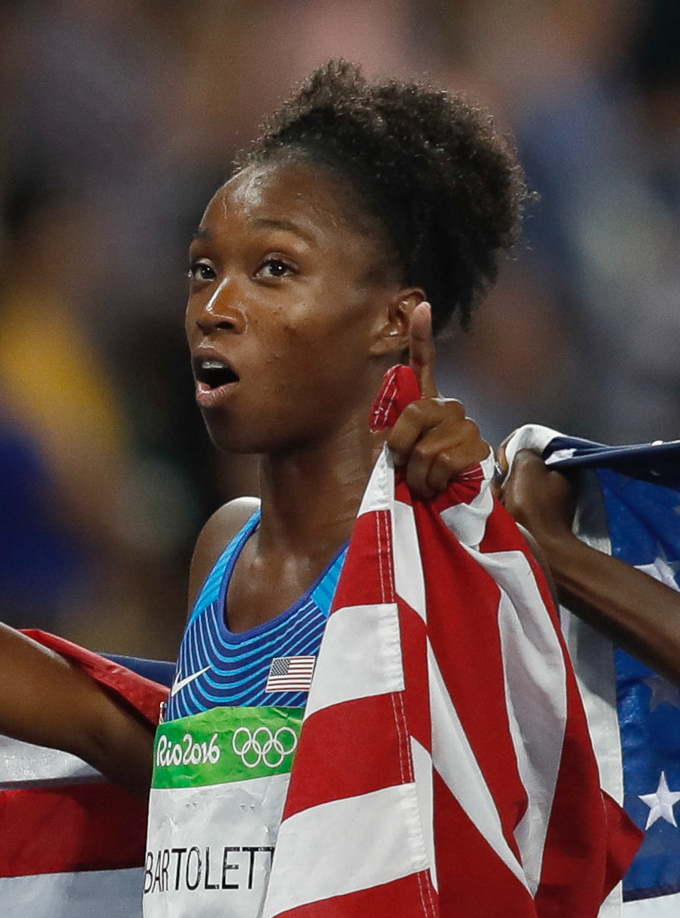
9. **Tori Bowie: A Tragic Loss Highlighting Maternal Health Crises**When we celebrate Olympic champions, we often forget that their lives continue beyond the arena, sometimes facing the most profound personal events imaginable. Track and field Olympian Tori Bowie, a three-time medalist from the Rio 2016 games, was an epitome of physical prowess. Yet, her tragic and premature death in 2023 at just 32 years old, while eight months pregnant, sent shockwaves through the sporting world and beyond.
According to autopsy reports, Bowie’s cause of death was eclampsia, a severe medical condition impacting some pregnant women that can lead to seizures. In a heartbreaking turn of events, her daughter, Ariana, was stillborn. This devastating loss served as a grim reminder that even those in peak physical condition are not immune to serious health complications, especially during such a vulnerable time.
Her passing, though deeply tragic, cast a stark spotlight on critical disparities within the American healthcare system, particularly concerning Black women and maternal health. As seven-time gold medalist Allyson Felix eloquently penned in Time, “Serena Williams had near-death complications during her pregnancy. Beyoncé developed preeclampsia. I hate that it takes Tori’s situation to put this back on the map and to get people to pay attention to it.” A 2021 CDC report further highlighted a concerning 40% rise in maternal deaths in America that year, with Black women disproportionately affected. Bowie’s story became a rallying cry for greater awareness and advocacy in maternal healthcare.
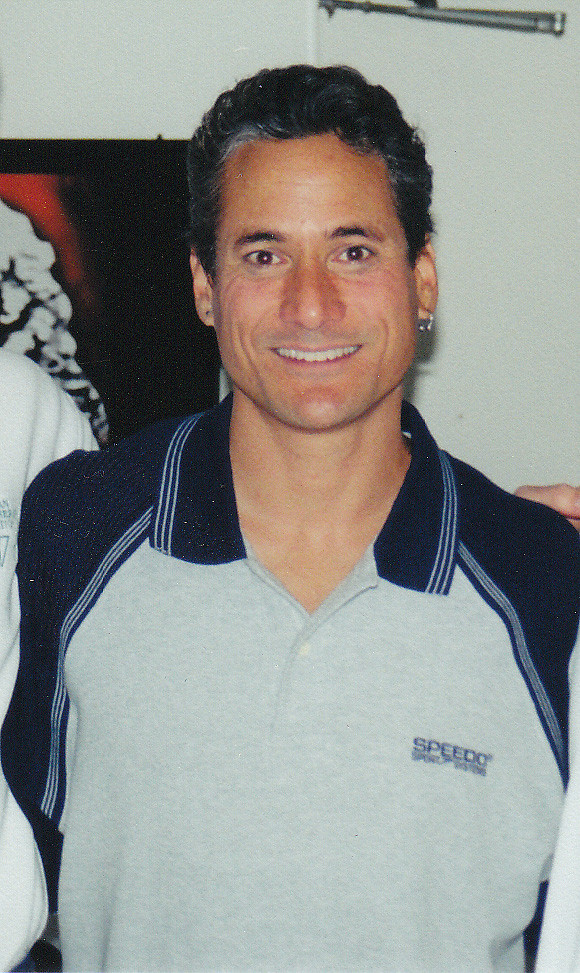
10. **Greg Louganis: Diving Deep into an HIV Diagnosis and Stigma**Greg Louganis, a superstar diver with four Olympic gold medals and one silver from three games, embodied grace and precision in a sport where perfection is paramount. Many remember the shocking moment at the 1988 Seoul Olympics when he hit his head on the board during a dive, bleeding, yet still managing to win gold. What the world didn’t know then was the invisible battle he was fighting.
In 1995, after coming out as gay a year prior, Louganis bravely revealed to the public that he had been diagnosed with HIV just months before those very 1988 Olympics. Imagine the immense pressure and fear of competing at the highest level while harboring such a life-altering secret, especially in the ’90s when understanding of HIV was vastly different and stigma was rampant. He admitted to Vox in 2016, “Even though I knew the chances of the virus spreading in a chlorinated pool are slim to none, the worst outcomes came to mind. Still, I kept my diagnosis a secret — I didn’t think I had a choice.”
Despite his fears, his doctor urged him to continue competing for his mental health. Louganis eventually found an effective treatment plan, transforming his life and becoming a powerful advocate for HIV/AIDS awareness and LGBTQIA+ causes. His journey from silent struggle to open activism has made a profound impact, helping his sport and society at large become “much more open” and sensitive, as he noted to ESPN in 2016.
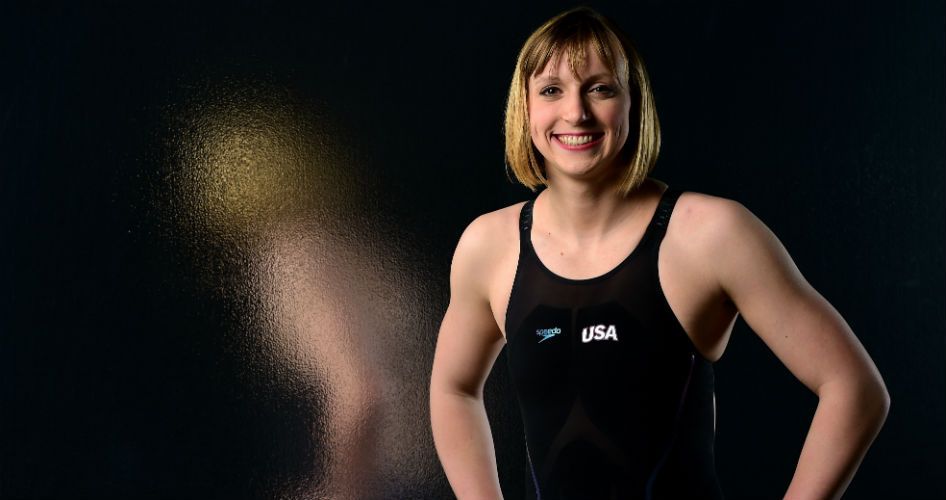
11. **Katie Ledecky: Unveiling Her Battle with PoTS, a Hidden Heart Condition**Katie Ledecky. The name alone conjures images of pure aquatic dominance. She’s the most decorated female swimmer in history, with a staggering nine Olympic gold medals and 21 world championship golds. You’d think someone with such an illustrious career, who made her Olympic debut at just 15, would be invincible, right? Think again. As she revealed in her best-selling memoir, *Just Add Water: My Swimming Life*, she’s “far from invincible.”
Back in 2015, after a triumphant World Aquatics Championships where she bagged five golds and set three world records, Katie began feeling “extremely hot and lightheaded” during a celebratory meal. Initially, she shrugged it off as mere exhaustion from her exertions. However, the troubling symptoms persisted into the Rio Olympics the following year. “I was swimming okay. But I was super inconsistent. I would have a couple of good practices, and then I would have a day or two when I had absolutely no energy,” she recounted. “Some days I couldn’t walk around without dizziness. I remember wrapping practice and struggling to get back to the locker room.”
Her former coach, Bruce Gemmell, noticed something was amiss and urged her to see a specialist. That’s when Katie received a diagnosis that completely altered her competitive path: Postural Orthostatic Tachycardia Syndrome, or PoTS. This condition causes a patient’s heart rate to dramatically increase upon standing up from a sitting or lying position. Katie explained in her book, “Because I have PoTS, I pool blood in the vessels below my heart when I stand. My body then releases extra norepinephrine or epinephrine, which adds additional stressors on my heart, making it beat faster. Which, in turn, bring on dizziness, fainting and exhaustion.”
Thankfully, Katie’s story has a positive twist. PoTS can often be managed through lifestyle changes, which, incredibly, preserved her career. She needed to “up [her] sodium intake and increase [her] hydration.” And in a stroke of amazing irony, she discovered that “reclined aerobic exercise, such as swimming and strengthening your core can provide relief.” She humorously noted, “What are the odds that the prescriptive exercise for my particular disease would be…more swimming?” Her journey highlights that even the most formidable athletes can face hidden chronic conditions, and finding the right management can be life-changing.
12. **The Unseen Respiratory Challenge: How Exercise-Induced Asthma Impacts Olympians**While individual stories of perseverance are undeniably powerful, it’s also worth noting some shockingly common health challenges that many Olympians face, often quietly. One such ailment, which you might not expect to be so prevalent among elite athletes, is asthma. We’re not talking about a casual cough; a 2023 study found that a significant “15 and 30 percent of Olympic athletes have asthma,” with figures soaring to “over 50 percent” in some sports!
Asthma is a chronic lung condition that can be potentially dangerous, often linked to the body’s immune response. For athletes, a specific type, exercise-induced asthma (more accurately called exercise-induced bronchoconstriction), is a major concern. It’s triggered by “a sustained elevated level of breathing,” which happens intensely during exertion, causing airways to constrict, leading to coughing, wheezing, shortness of breath, and inflammation. Scientists believe it’s linked to increased airflow through the lungs.
This condition is particularly challenging for endurance athletes who spend extended periods breathing heavily and is exacerbated by cold environments, a common feature of winter sports. But don’t think summer athletes are off the hook! Swimmers, surprisingly, are one of the most affected groups. They “rapidly and repeatedly inhale air that has not just water particles in it, but chlorinated water particles, which irritate the lungs.” If left untreated, it can lead to lung scarring and hinder performance, yet many common medications are banned under Olympic anti-doping rules, adding another layer of complexity.
Despite these obstacles, many asthmatic Olympians have gone on to win gold medals. Most athletes susceptible to exercise-induced asthma are diagnosed and manage it long before reaching the Olympic stage, as the intense training would likely bring it to light earlier. So, if you find yourself struggling with breath after a jog, it’s a good idea to see a doctor – and remember, if US swimmer Amy Van Dyken can sweep six gold medals with asthma, there’s certainly hope for us all!
13. **Breaking the Silence: Olympians and the Taboo of Bladder Health**Okay, here’s a secret that might just make you say, “Wait, really?” Beyond the perfect form and record-breaking speeds, many athletes grapple with a truly taboo subject: their bladder health. Yes, we’re talking about involuntary urine leakage during physical exertion – a surprisingly common challenge, particularly for female athletes. It’s not just the “odd leak to a full pee mid-run,” as the context reveals; it’s a widespread issue that demands attention.
This phenomenon, known as stress incontinence, occurs when physical activity increases intra-abdominal pressure, leading to leaks. Why is it so prevalent in Olympians? Their “repetitive and high-impact nature of their training and competition” can weaken the pelvic floor muscles essential for bladder control. A 2022 study confirmed that “the prevalence of urinary incontinence among female athletes is significantly higher compared to non-athletic women,” exacerbated by “hormonal differences, childbirth, and intense physical training.”
Imagine the pressure of performing at peak levels, only to worry about a leak during a critical moment. It impacts athletes across sports: marathon runner Paula Radcliffe famously “relieved herself during the 2005 London Marathon,” raising public awareness. Gymnast Beth Tweddle has discussed how “it’s common to feel urine flying through the air” during routines, highlighting the embarrassment and discomfort of a “wet leotard on the pommel horse.” Even swimmers, despite being in water, face “psychological challenges” as “it’s not uncommon for swimmers to urinate in the pool,” according to The Wall Street Journal.
The reasons are multifaceted: intense training weakens pelvic floor muscles, high-impact activities strain the bladder, and hormonal factors (like relaxin during menstruation or pregnancy) relax these muscles. Childbirth also contributes to weakness in postpartum athletes. Elite athletes like Kelly Holmes, a double Olympic gold medallist, and American soccer star Megan Rapinoe have openly discussed their experiences, emphasizing its commonality among female athletes and the urgent need for greater awareness and support.
So, how do these incredible athletes cope? Many turn to pelvic floor muscle training, like Kegel exercises, to strengthen crucial muscles. Physiotherapists often integrate these into training regimens. Specialized clothing and padding, similar to “Jude’s leakproof pants,” provide a practical solution, allowing athletes to “focus on their performance rather than worrying about the embarrassment of potential leaks on an international stage.” Crucially, mental health support is vital to help athletes manage the anxiety and shame that can accompany incontinence, proving that breaking the silence is the first step towards better support systems and empowering athletes to seek help without fear of judgment.

14. **Fueling Greatness: The Shocking Diet Secrets of Top Olympic Athletes**Beyond the grueling training sessions and mental fortitude, what Olympians put into their bodies is just as critical to their success. It’s not just about eating; it’s about strategic fueling, and some of their approaches might surprise you! These healthy diet tips and “secrets” from various US Olympic athletes reveal that while there’s no single magic formula, conscious eating is absolutely key.
Take April Ross, the beach volleyball star, who lives as a pescatarian, believing that only eating fish makes a huge difference in her health and performance. She’s a big believer in eating every three hours to maintain energy and emphasizes that “Portion control is KEY!” Cyclist Dotsie Bausch, an ethical vegetarian and animal activist, focuses on the quality of food, shunning meat due to concerns about animal treatment, antibiotics, and hormones. Her top tip for athletes? “Always keep glycogens going in when you are exercising!”
Swimmer Eric Shanteau champions an organic lifestyle, suggesting, “Eat as much organic as you can afford.” He’s seen the benefits of varied training and dietary approaches, noting that “doing the same thing and expecting different results is the definition of insanity” when it comes to routines. Rower Mary Whipple, a silver medalist, has embraced a vegetarian diet, finding it’s made a “huge difference in the way I feel,” and stresses, “Any healthy diet starts with breakfast. Don’t miss it! It stokes your metabolism fire!”
Natalie Coughlin, another swimming sensation, embodies sustainable living, cultivating an organic garden, composting, and even raising her own chickens for fresh eggs. She firmly believes diet should be “a lifestyle—not a short term fix.” Gymnast McKayla Maroney (yes, *that* McKayla!) offers a grounded approach focused on balance, suggesting, “Switch up your meals every day so you don’t get bored,” going organic when possible, and crucially, “Don’t eat when you’re not really hungry, and keep portions small.” She wisely advises tuning into your own body and not comparing yourself to others.
Finally, decathlete Ashton Eaton has a unique, almost philosophical formula for healthy eating: “The less legs and the closer to the earth, the better for you.” This means fish is better than chicken, which is better than beef, and plants like beans are at the top. He, too, is a strong proponent of an organic diet. What unites these diverse approaches is a profound awareness of what they consume, proving that while specific choices vary, a thoughtful, balanced, and often organic approach to nutrition is a cornerstone of Olympic-level well-being.
So there you have it: 14 absolutely shocking, inspiring, and sometimes heartbreaking insights into the health secrets of our Olympic heroes. From the silent battles within their minds to the unseen struggles impacting their bodies, these stories peel back the layers of superhuman performance to reveal the profound humanity beneath. They remind us that true strength isn’t just about breaking records or winning medals; it’s about confronting adversity, advocating for change, and finding resilience in the face of the unexpected. These Olympians teach us that vulnerability is a superpower, and that looking after our holistic well-being—mental, physical, and nutritional—is the ultimate gold medal. They are not just athletes; they are powerful testaments to the enduring strength of the human spirit. Keep cheering, keep supporting, and remember: we’re all in this wild, wonderful human race together.

